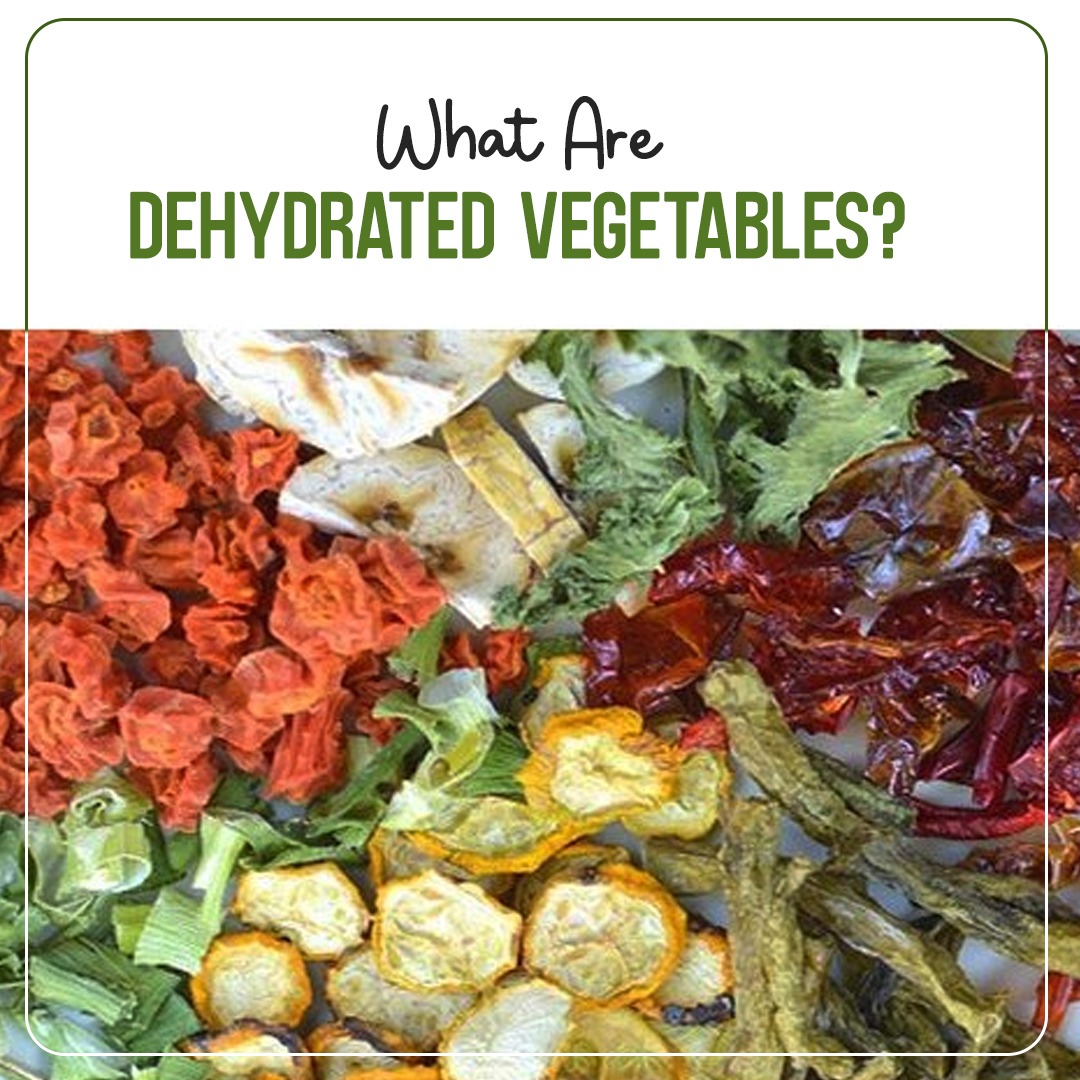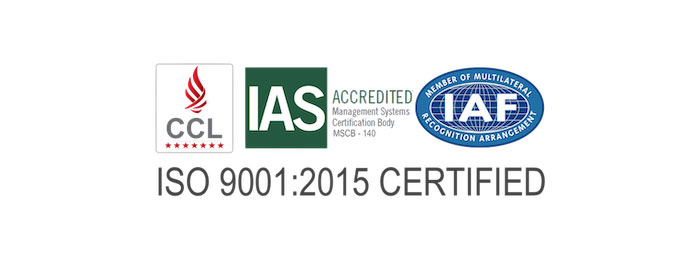Foods that
have been dehydrated retain their nutrients. Dehydrated foods are a go-to for
hikers and tourists trying to save space because they are light, nutrient-dense
options.
How to dehydrate vegetables?
Step 1:
Select food that is in season.
Dehydrating
is an excellent way to get rid of anything that has been damaged or beaten.
However, drying concentrates taste, so begin with premium products that you
can't wait to dig into.
Step 2:
Rinse, scrape, and peel in step two.
If your
budget allows, get organic produce and give fruits and vegetables a quick scrub
or rinse. You can choose to peel or not, but remember that skin's texture will
only become more complex.
Step 3: Slice
very thinly with a mandoline or sharp knife.
Choose
uniformly sized pieces between 1/8 and 1/4 inch thick so they will dry at the
same rate. Slices will thin as they dry, so make them more comprehensive than
you intend.
Step 4: Dip
fruit in citrus water in step four.
The only
fruit that can brown, such as apples and bananas, must go through this phase,
which is optional. Slices of lemon should be submerged in water and lemon juice
for 10 minutes, and the fruit should be taken out of the water and dried with
paper towels.
Step 5:
Boiling water for vegetable blanching.
This step is
only required for starchy vegetables, such as sweet potatoes or sugar snap
peas, and is also optional. To stop the cooking and maintain the vibrant
colours, boil them for a short while before shocking them in freezing water.
Conclusion
Dehydrated
vegetables are vegetables from which the water content is removed through an
innovative air drying process. Vegetables lose moisture when dried which
eventually prevents microbial growth and lengthens the vegetable's shelf life.
















